Table of Contents
What is Magical Realism?
The phrase magical realism is really an oxymoron. But though contradictory, it describes what the genre truly is; a merging of fantasy and realism.
Magical realism is a sub-genre in film, literature and art. It tells a fictional story, portraying the real world with elements of magic and fantasy.
Characters within the realistic worlds of these stories do not question the fantastical attributes of their worlds. Instead, by not acknowledging the mystical aspects of their worlds as supernatural, these components become part of their realities.
The characteristics of the magical realism genre have developed over time through different art forms. Creators have used their respective mediums – painting, writing and filmmaking – to aid in magical realism’s ever-evolving growth as a sub-genre.
Magical realism’s history is crucial to understanding its power, resonance and practicality. So let’s take a look at its origins…
The History of Magical Realism
Origins
Magical realism, or as German art critic Franz Roh called it, “magischer realismus”, was first referenced in 1925. It concerned the post-expressionist art movement in Germany “Neue Sachlichkeit” (“New Objectivity” in English).
Franz Roh utilized the phrase to describe artists’ depictions of the magical within the ordinary. At the time, the term “magic” did not explicitly mean fantasy but the amazement and bewilderment towards everyday objects and the real world.
Moreover, Roh identified magic realism’s focus on material objects as distinguishing it from a similar genre, surrealism. Surrealism was typically more focused on abstract, psychological realities. Whereas magical realism transposed fantastical elements onto a more identifiable, solid reality.
Though many other post-war art movements were growing in popularity throughout Europe, magical realism began influencing artists and writers across Europe over time. And it was particularly its ability to comment on political and social issues that gained it currency and success.

Magical Realism in Literature
Italian writer Massimo Bontempelli was one of the first writers to take up magical realism as a genre in his literature. Similarly to the painters who employed it, his writing portrayed the mystical within the real world.
Magical realism continued to grow as a sub-genre, spreading prominently to South America. The genre flourished there particularly as many writers integrated their cultural context with the already established European term. And the cultural context deployed as a powerful reference was often Latin America’s political turmoil in the 1960s and 1970s.
- This historical factor affected the genre, which continued to evolve as writers used symbolism to explore broader themes such as race, colonialism, politics, family, and class.
- This was shown through the subtle fantastical elements present in the ordinary worlds of the characters.
Famous Latin American writers of the genre include Gabriel Garcia Marquez, Isabelle Allende, and Laura Esquivel, to name a few. These writers’ works have, in turn, inspired adaptations for cinema.
While Latin America was where the genre gained much of its popularity, writers worldwide began applying magical realism to their work. These writers also began drawing on their cultural histories, folktales and mythologies as inspiration. Consequently, they emboldened magical realism as a genre capable of saying something powerful about the changing, tumultuous world around them.
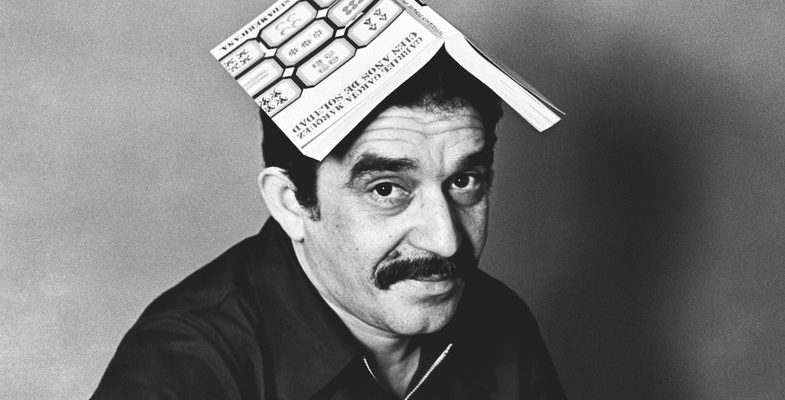
Magical Realism in Film
Magical realism in cinema started to creep in during the 1970s & 80s and grew to prominence in the 1990s and early 2000s. The genre is still continually expanding as screenwriters and filmmakers find ways to use it within their stories.
The many international films that fall under the genre in particular point out its worldwide popularity. It has the ability to touch on a wide range of themes in a visceral, highly cinematic way. In a sense, it uses the best of what film has to offer; powerful visual representations of characters’ inner thoughts and emotions.
In this way, the poignant visuals of the genre allow for direct insights into characters’ minds. These typically also make way for cinematic and dynamic representations of how characters viscerally feel. Expressionism used in this way allows the audience to latch onto the characters in a manner that goes beyond other means of expression, such as dialogue.
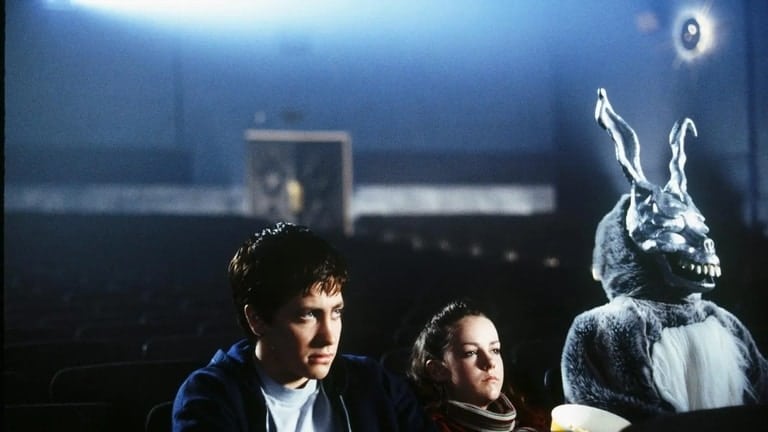
Fantasy Versus Magical Realism
It is common to mix up fantasy and magical realism due to their similar characteristics. Therefore, it is important to distinguish the difference between the two.
- Ultimately, their key differentiation is in the acknowledgement or denial of the supernatural.
- Fantasy creates an acknowledged, magical ‘other’ world. Moreover, characters within the story likely reference the elements of magic.
Fantasy films often create a divide between the natural and magical worlds. This consequently allows protagonists the freedom to escape from the real world to the magical place.
The following are fantasy genre films that may be confused for magical realism:
- The Lord of The Rings franchise.
- The Harry Potter franchise.
- The Chronicles of Narnia series.
Magical realism, meanwhile, introduces elaborate and or minute supernatural elements to a realistic world. These fantasy elements go unacknowledged and become the norm of the protagonists’ worlds. These worlds otherwise appear seemingly ordinary.
Fantasy explicitly acknowledges and questions the ‘other’ world and its supernatural attributes. Magical realism, meanwhile, raises more subtle internal questions facilitated by treating the supernatural like everyday stimuli.
Magical realism holds a mirror between the fantastical and the realistic. By avoiding explanation, and normalizing the supernatural, magical realism can create an adult and modern fairytale-like tone.
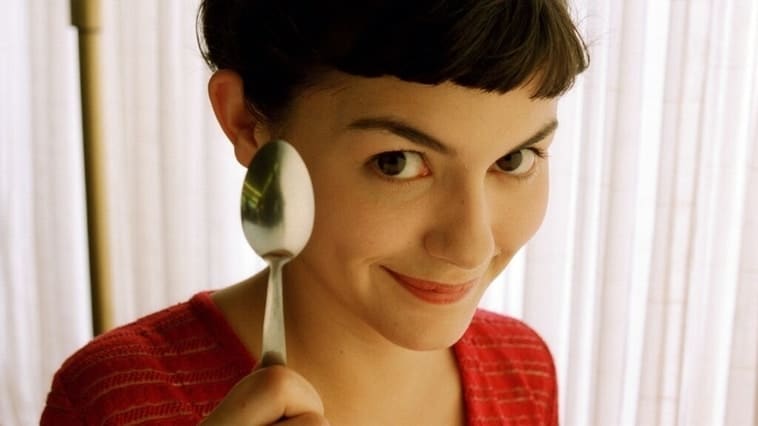
Three Key Elements of a Magical Realism Film
There are many different elements that make up a magical realism film overall. But there are, most of all, three vital elements that typically form the basis of a magical realism film.
1. The Real-World Setting
Magical realism films emphasize the beauty and magic in the mundane. And the mundane is the real-world setting of the film.
In these films, realism enhances the philosophical, emotional, and political significance of supernatural elements. So the mise en scène of these settings is crucial.
The real-world visuals aid in contextualising the characters’ inner worlds. Likewise, establishing what the mundane is allows for the repercussions of the fantasy elements to resonate.
How Does the Setting Reflect the Story and its Themes?
Pan’s Labyrinth, for example, is set in a military outpost in rural Spain in the year 1944.
- This setting thoroughly contextualises the real-world issues the film’s characters will face.
- Coupled with the young protagonist Ofelia’s curiosity, the reality of the environment forms the perfect mirror to Ofelia’s magical experiences.
- The harsh reality of the context (fascist Spain) makes the magical elements purposeful. They provide an escape and serve as a metaphor for individuals’ suffering during this time.
Birdman, meanwhile, takes place in Manhattan. It follows Riggan, a movie star who believes his next Broadway production will either make or break his dwindling career.
- The tense bustle of Manhattan pairs perfectly with Riggan’s own inner anxiety.
- Moreover, the mise en scène (the perception of a long take and the realistic images of Manhattan) amplifies the magical elements. This gives audiences clear insight into the protagonist’s psyche.
The settings of each of these films are essential for gaining insight into the protagonists’ psyches. They’re ultimately vital in understanding the context for the protagonists’ flights of fancy. And they, therefore, justify the presence of magical realism.
2. Mythology, Folklore and or Historical Influence
The mystical reality created within magical realism films does not provide an escape route for protagonists from their conflicts. On the contrary, the characters must face a new version of their reality. This version will have new challenges added by the supernatural elements.
Magical realism does not explicitly and automatically explain the film’s supernatural elements. Instead, viewers can typically examine mythology, folklore (fairy tales) and history to understand the genre more thoroughly.
- Mythology and folklore are shared beliefs, traditions, and stories within different cultural societies or groups of people.
- Mythology, folklore and magical realism are cut from the same cloth. They both explore the relationship between reality and fantasy. Thus, magical realism primarily draws inspiration from mythology, folklore and history.
Exploring the mythology, folklore and history that influence the genre and themes of these films will provide viewers with an in-depth understanding of the filmmakers‘ choices. Consequently, when seeking to write magical realism the writer will have a more concrete understanding of the etymology of certain magical elements and their resonance for the realistic side of the story.
Stories within this genre often have complex and eye-opening themes. And the themes and lessons will be even more compelling if audiences can grasp the symbolism within the myths and folktales that form the stories’ basis.
How Do Myths and Folktales Inform Magical Realism?
The Killing of a Sacred Deer, directed by Yorgos Lanthimos, references a story in Greek mythology of the same name.
- Agamemnon accidentally kills one of Artemis’ deer while preparing to sail to Troy. Due to the sacred nature of deer, Artemis forces him to sacrifice his daughter Iphigenia as penance. Otherwise, his fleet will fail.
- Similarly, in Lanthimos’ film, like Agamemnon, Steven is respected in his field as a surgeon.
- Accidentally killing Martin’s father, Steven tries to take the boy under his wing. This backfires as Martin (like Artemis) has his own “eye for an eye” plan.
- Steven must choose between sacrificing one of his family members or watching them all die slow deaths.
- The film’s representation of this Greek myth exhibits the extent to which mythology walks alongside magical realism.
Border, meanwhile, explores Scandinavian folklore and Norse mythology through trolls.
- Many folktales tell of trolls kidnapping un-baptized human babies. In the case of Border, Tina is a customs agent with a gift. As well as identifying contraband, she can accurately discern human emotions such as guilt and shame
- However, after meeting someone she cannot read called Vore, a whole new world reveals itself to her. She learns of her true family, the trolls.
- Vore swaps human babies with unfertilised troll embryos that are moulded to look like human babies. This happened to Tina as a child and is why she was raised as a human.
- Borders illustrates how folklore influences magical realism. Tina’s upbringing clashes with her troll genetics. And this consequently raises the question of identity and nature versus nurture.
Despite their fantastical nature, these stories depict real-world conflicts. However, they use magical elements to make these themes more powerful and resonant, as well as cinematic and distinctive.
3. Underlying Social or Political Commentary
Social and political commentary within magical realism has become a vital aspect of the genre. The genre blossomed in popularity in Latin America during a time of political and social unrest. Hence many works of art and writing at the time showcased subtle discourses surrounding these themes.
As the genre evolved, so did its exploration of themes such as class, traditions, family, politics, wars, crime, feminism, and even climate change.
Magical realism has been deployed as a tool to reflect reality’s unpleasant truths. However, it has also been employed to showcase the little moments that make the world remarkable amidst turmoil.
How Does the Underlying Social and Political Commentary Impact Films?
Like Water for Chocolate (Como Agua Para Chocolate), directed by Alfonso Arau, is an adaptation of Laura Esquivel’s novel.
- The Mexican Revolution (1910-1920) is the backdrop to the story.
- Mexican traditions at the time prohibit Tita from marrying Pedro, the man she loves. Tita is the youngest daughter and is responsible for caring for her mother until she passes. So, she cannot marry or have children.
- These are, the difficulties faced by women forced into roles due to tradition, and the effect family and love have on everyday activities.
- The magical realism elements of the film reveal themselves more blatantly when the characters experience positive actions, emotions and circumstances. In contrast, when the characters face negative circumstances such as loss, abuse, or death, the supernatural elements are reduced.
Issa López’s 2017 film Tigers Are Not Afraid (Vuelven), meanwhile, explores a young protagonist, Estrella, experiencing fear.
- Set in present-day Mexico, Estrella’s mother goes missing and she is left alone. Estrella befriends a group of orphans. And the film follows the group’s experiences.
- While the magical aspect of this story is its similarity to fairy tales, the realism presents itself in the natural, unflinching modern-day visuals of Mexico. Adding to this are the realities of drug and gang violence that appear within the story.
- The mise-en-scène, particularly the camera angles, creates the feeling that viewers are a part of the group. Consequently, the real-life fear of being killed faced by Estrella and the orphans is heightened.
- The atmosphere and social circumstances showcased bounds this story in truth, creating terrifying and resonant sequences.
The Six Key Steps to Writing the Magical Realism Genre
So what are the essential steps to take when wanting to write a magical realism story?
1. Read and Research Current Affairs
While reading into and researching current affairs is an excellent rule of thumb when writing in any genre, it’s especially helpful in writing magical realism.
Because of magical realism’s roots in realism, news stories and current affairs are excellent resources when creating a grounded world. Digesting news events will provide a writer with inspiration and a real-world situation on which to base their story, for instance.
The foundation of magical realism films and stories is critical for their strength and the formulation of impactful themes. Therefore, writers who pay close attention to the contemporary world around them will have a broad scope for inspiration.
How can magical realism inspire in the face of despair? Or how can the genre provide a new perspective on a familiar or well-known news story/event? This is magical realism’s strength; the ability to make an audience think differently and/or more viscerally about a pertinent issue.
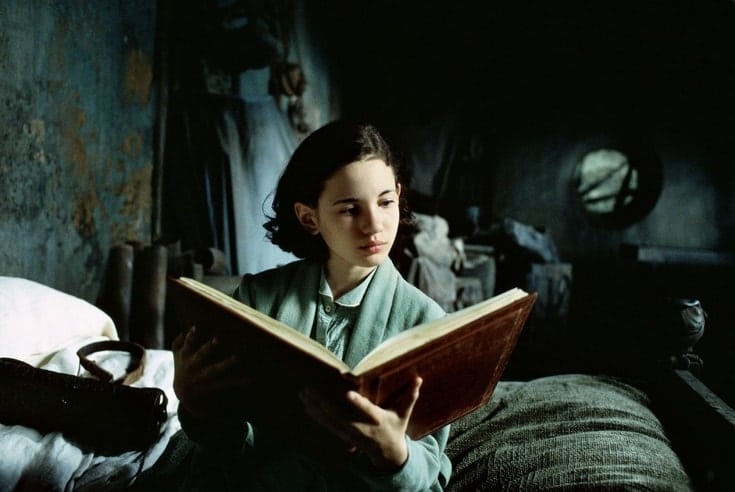
2. Learn About Your Own Culture
As seen in the ‘Key Aspects of Magical Realism’ section, many filmmakers who have had success in this genre find inspiration in their country or hometown’s culture.
Merriam-webster defines culture as:
“The customary beliefs, social forms, and traits of a racial, religious, or social group.”
And
“The set of shared attributes, values, goals and practices that characterises an institution or organisation.”
Every storyteller belongs to a social group; a social group that has its shared belief systems and traits. These traits can include but are not limited to mythology, folklore, fairytales, festivals, religion, ghost stories, and town gossip.
Each of these traits provides a world of inspiration for storytellers. In the case of magical realism, this cultural understanding is relevant as many traditions already walk the line between the real and the metaphysical. In addition, social and historical commentary comes alongside cultural introspection.
Magical realism stories thrive when they create a discourse with audiences. This way, the audience can truly connect with the characters, worlds, and conflicts. Hence, cultural introspection is the perfect way to help forge the necessary realism and social commentary of the genre and tangibly connect with the audience.
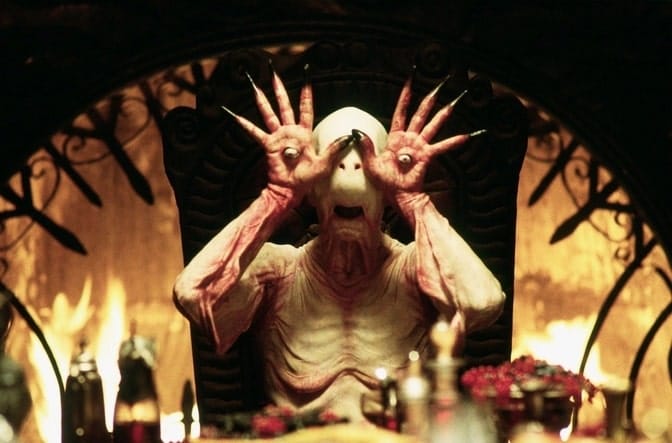
3. Pick Your Real-World Setting
What is the story’s real-world setting? If the audience can sense the texture of that setting, the magical realism will likely be all the more effective.
It can help them understand the political climate, the time period, the class system, and much more of the story’s world. It will also add an element of relatability for your audience.
Magical realism’s success relies, in part, on the believability of the realistic world. The depth of this realistic world sharpens the magical element. So it’s, therefore, important to illustrate your setting carefully.
What experience are you seeking to represent and how is that present in the setting? What can magical elements highlight about the setting that can’t be achieved via other means? Answering these questions will lead you to justify the presence of magical realism. This will, in turn, help you make a more purposeful and distinct story overall.

4. Moral, Political, or Social Critique
Magical realism stories offer their creators a platform to critique society. We can see this in many magical realism stories in all mediums; painting, writing and filmmaking.
So when writing, ask yourself, “What is the underlying discourse I want to happen throughout my story?”. For example, this discourse could be a theme that raises a political or social critique or provides your protagonist with a moral question or lesson.
Magical realism films typically make a statement. So considering the social, political, or moral issues you feel passionate about can benefit you when writing your story.
All stories should attempt to say something meaningful and distinct. However, magical realism presents the opportunity to make an audience think differently about a well-known issue. And so deploying it can be a fantastic way to make a sharp incision into your chosen theme.
5. Incorporate Subtle Magical Elements
The critical word here is subtle. These supernatural occurrences, though understated, develop and add to many aspects of the story. This includes the development of the narrative, characterisation and most of all, the creation of conflict.
Deciphering how these supernatural elements will show up in your story is a must. Furthermore, you will need to figure out why these magical happenings occur in your story’s world. Again, discerning the how and why will aid in making genuine magical realism.
You don’t want a situation where the magical realism elements feel superficial or added in for the sake of it. And figuring out how and why they feature in the story is the crucial way to protect against this.
In addition to driving your story forward, supernatural elements can further help create a commentary on the political or social issue you wish to address. Using these magical elements will bring to the surface the themes and lessons you want to emphasize. Therefore, identifying these themes can help you determine how exactly your supernatural elements will manifest in the action itself.
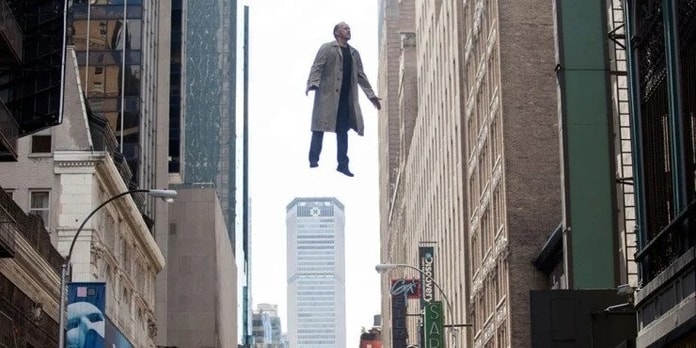
6. Create Complex Characters
Characters in magical realism stories will be experiencing the magical elements as though these elements are natural to their worlds. Therefore, these characters must not question their realities but accept the supernatural happenings as reality.
- When formulating the protagonist, map out their motivations, social context and inner drive.
- Creating well-rounded, complex characters who can move the story forward engagingly is crucial.
- How these characters are affected by the conflicts created through the subtle supernatural elements is essential.
- Furthermore, how these characters change and develop due to these elements is also important to clarify.
Consider that the supernatural elements can allow characters to flesh out their shortcomings uniquely by bringing to light their flaws. Furthermore, be creative with how you connect characterisation with the subtle magical elements of your story. What is it about these characters that bring out magical elements? And what do the magical elements tell us about the characters?
Magical realism is typically a representation of a character’s inner world. So it’s therefore vital that the inner world feels believable and interesting via a well-rounded, three-dimensional character.
In Conclusion: Make Your Magic Count
Anyone can use magical realism to aid in creating compelling stories. First, however, writers and filmmakers must remember what makes the genre magical realism in the first place; realistic settings with unquestioned fantastical elements giving light to impactful themes.
The genre’s key aspects can be seen as inspiration points when crafting one’s idea. And considering each key aspect is a great place to start when brainstorming a concept within this genre.
Magical realism can be a powerful tool. However, without the proper justification, it can come across as a cheap gimmick. Audiences might interpret it just as a way to add dynamic visuals to an otherwise normal setting. So it’s, therefore, vital to make sure the concept for your story is intrinsically tied up with the magical elements. This will make the magical realism feel inseparable from the story as a whole.
Magical realism provides the opportunity to say something specific in a distinctive way. It shouldn’t be used lightly. Instead, it should be deployed when you want your story to reach beyond the confines expected from the overarching genre and setting. It’s a powerful potential tool, one that can achieve an effect that little other cinematic technique or genre can.
–What did you think of this article? Share It, Like It, give it a rating, and let us know your thoughts in the comments box further down…
– Struggling with a script or book? Story analysis is what we do, all day, every day… check out our range of script coverage services for writers & filmmakers.
This article was written by Danielle Hassanali and edited by IS staff.
Get *ALL* our FREE Resources
Tackle the trickiest areas of screenwriting with our exclusive eBooks. Get all our FREE resources when you join 60,000 filmmakers on our mailing list!


A couple of years ago I pitched a series about mexican movie diva Maria Felix. It would have used magical realism when treating the stories (legends) people told about her. All the production companies loved it, but at the end of the day the rights to her life were a mess divided in three different parties, so it couldn´t be done by my team. I did shoot a short proof of concept to show them what magical realism was like:
https://vimeo.com/manage/videos/364401366
This is a great website for explaining magical realism and writing magical realism, whether you are going to be creating art, or movies or writing short stories, novels, novellas or perhaps even writing poetry with a magical realism theme.
Very enlightening and enjoyable article.
Superbly written and informative article which gave me great insight of my writing style of supernatural ‘magical realism’ thriller manuscripts based on a true story.
Thank you!
Thanks very much Kristin, glad you enjoyed the article and found it so useful.
Thanks for a very informative article.
I’d like to add Jordan Peele’s impressive film “Get Out” as an excellent example of the magic realism genre as well. It focuses on the social aspect of liberal racism in such horrendous fashion. It put Mr. Peele on the map as a filmmaker and storyteller of value, who pushes boundaries and used the genre to do it.
I loved the article! This article verified my sub-genre as Mystical -Realism was spot on. It is refreshing as a Storyteller to have this article as a reference, if needed, in the future. Awesome research!
Have a wonderful day,
Melissa L. Aspeitia